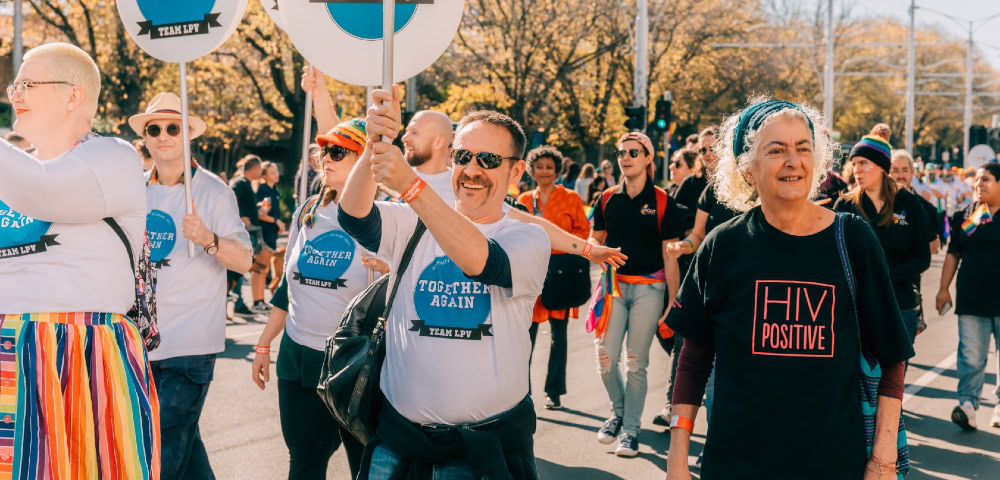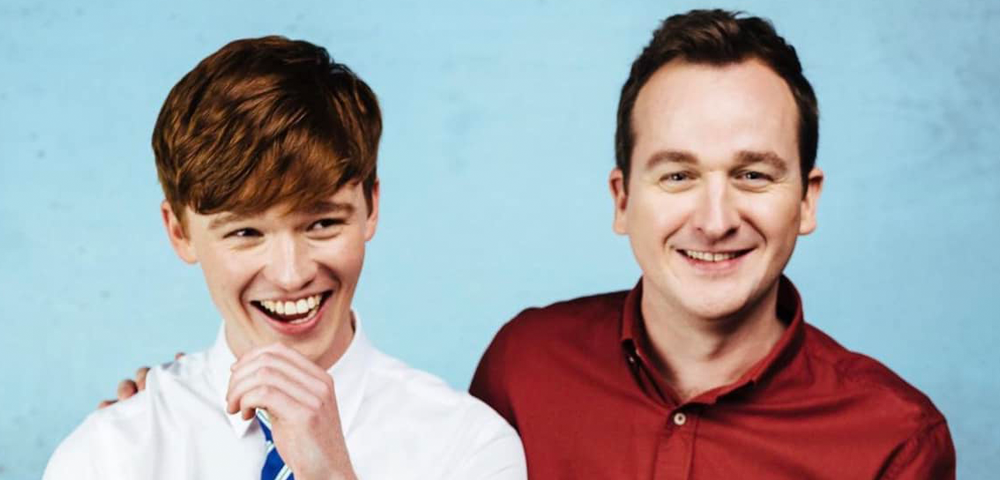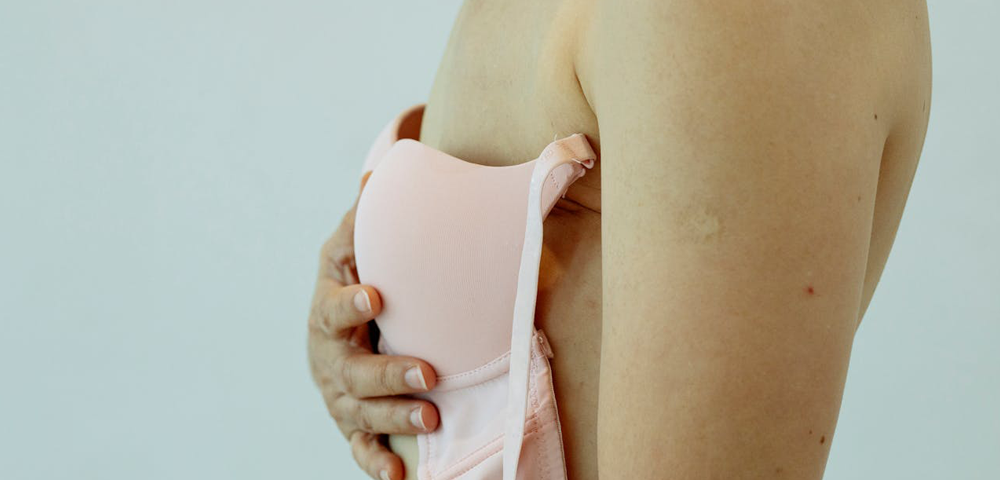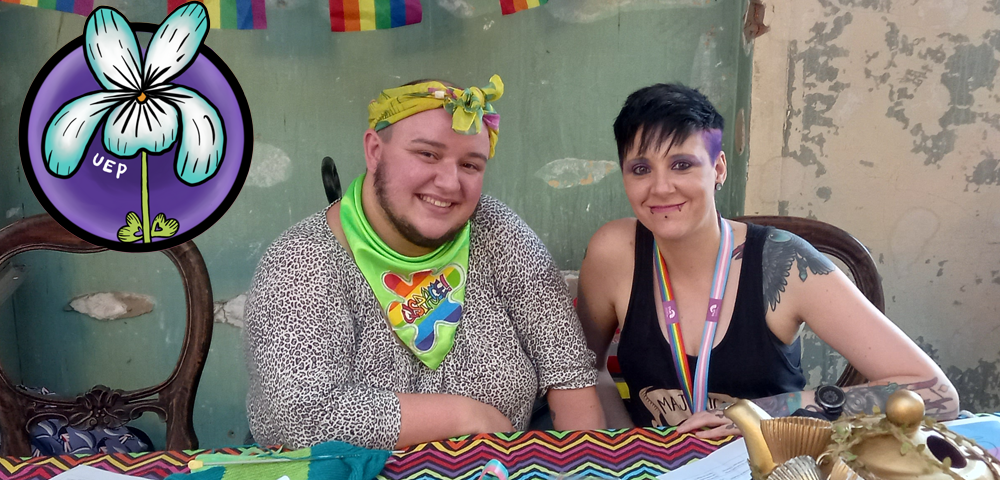
HIV/AIDS – The Neglected Pandemic

By James May
As we observe another World AIDS Day, it’s time to reflect on HIV/AIDS and the issues faced by those living with the virus, including around thirty thousand Australians. Despite medical advances, people living with HIV (PLHIV) in this country still face stigma, discrimination, financial hardship and chronic health conditions associated with HIV, and HIV treatments.
Warning: The story discusses mental health and depression and might be distressing to some readers. For 24 hour crisis support and suicide prevention call Lifeline on 13 11 14. For Australia-wide LGBTQI peer support call QLife on 1800 184 527 or webchat.
While Covid-19 has distracted attention away from HIV/AIDS in recent years, it still rages across the world. Around forty million people are living with the virus globally, and around one million die of AIDS each year. This defies claims that ‘we have the epidemic under control’ and that ‘Ending HIV’ is just around the corner.
The Neglected Pandemic
A current US documentary on SBS On Demand, HIV: The Neglected Pandemic tackles HIV/AIDS and the issues facing people with HIV in 2021. Many parallels can be drawn for people living with HIV in Australia.
The documentary is narrated by Jonathan Van Ness from Queer Eye, who recently disclosed his own HIV status. 1.2 million people are living with HIV in the US, and around fifteen thousand still die of HIV-related causes each year in the country.
According to Van Ness, ‘the stigma around HIV can be devastating’ and personal stories in the documentary illustrate this. People living with HIV report being confronted with stigma, and ostracised by family and health workers.
Tiffany, a young black woman speaks about the impact of her diagnosis. ‘I was suicidal. There’s so much shame and judgment.’ According to Tiffany, sharing her HIV status made a big difference to her well-being. ‘Stigma will kill you faster than HIV,’ she says.
Economic And Emotional Burden Of HIV
The statistics in the program are disturbing, and challenge notions that ‘HIV is no longer a problem.’
For instance, in the state of Georgia, AIDS is the leading cause of death for black women aged 25-34 and black men 35-44. One in two black MSM (men who have sex with men) in the US will contract HIV. The Latin/Hispanic community are also disproportionately represented in HIV statistics with 27% of new cases emerging from that community.
The transgender community in the US has nine times the number of new HIV cases than the cisgender community, the documentary found. We meet a trans woman named Latrese who speaks of being jailed in a male prison facility for the ‘crime’ of HIV Positive sex work. Thirty seven states in the US still have HIV specific criminal laws.
The documentary also cites evidence that up to 40% of homeless people in the US are from the LGBTQI community, and that many are HIV Positive. Jonathan Van Ness contends, ‘the economic and emotional burden for people living with HIV is not being recognised.’
HIV/AIDS In Australia
The national theme for #WorldAIDSDay for Australia today is ‘40 years of HIV – where to next?’ There has been significant progress in the response to HIV in Australia, but now more than ever more must be done to ensure nobody is left behind. pic.twitter.com/N2TeOVGj89
— AFAO (@_afao) December 1, 2021
The research in the documentary reflects the HIV/AIDS epidemic in Australia on many levels.
While HIV transmissions have reduced in this country, they continue to rise among gay men and MSM born overseas. The proportion of HIV notifications among gay and bisexual men born overseas increased from 29% in 2009 to 47% in 2018.This includes migrants from South-East Asia, South and Central America, Oceania, the Middle East and Sub-Saharan Africa.
The rate of diagnoses for Aboriginal and Torres Strait Islanders is also around twice as high than Australian born non-Indigenous people in the country. These rates have steadily increased since 2007, with a 52% increase in the number of new HIV notifications among indigenous men since 2012.
People living with HIV face a great deal of stigma in Australia. Participants in the HIV Futures 9 Survey reported HIV-based discrimination in relation to health services (25.7%), insurance (25%), employment (18.8%) and accommodation (8%) in the last year.
Discrimination And Stigma
Furthermore, according to a major policy paper released by ACON, Imagining HIV in 2030, ‘Discrimination on the basis of HIV status continues to occur within the gay community, including in the context of hook-ups where HIV Negative men choose not to have sex with HIV Positive partners, even if they are undetectable.’
There is a strong correlation between stigma and mental health issues among PLHIV, and these rates are higher than the Australian average according to the HIV Futures 9 Survey.
Around 55.2% reported a current or past diagnosis of depression, 43% reported a current or past diagnosis of anxiety conditions and 20.4% reported a current or past diagnosis of post-traumatic stress disorder.
People Living With HIV Cannot Be Left Behind
Many people with HIV in this country are also living in poverty according to HIV Futures 9. ‘We can clearly say that many Australian PLHIV are living on low incomes,’ and ‘the overall picture suggests that PLHIV are more vulnerable to financial insecurity than the general population with one in three reliant on government benefits for income, and one in three reporting recent financial stress.’
According to the Eighth National HIV Strategy, ‘The meaningful involvement of people with HIV and priority populations is critical to ensuring our efforts are inclusive, responsive and connected to the needs and concerns of these communities.’
Clearly this strategy has failed, with appalling statistics around stigma, mental health and financial hardship for people living with HIV.
As we mark another World AIDS Day, this must be rectified. Forty years into the epidemic, the quality of life for people living with HIV is still poor in many respects. And while great progress has been made to reduce HIV transmissions in this country, people living with HIV cannot be left behind.
James May is a freelance writer and support worker.
For 24 hour crisis support and suicide prevention call Lifeline on 13 11 14
For Australia-wide LGBTQI peer support call QLife on 1800 184 527 or webchat.









